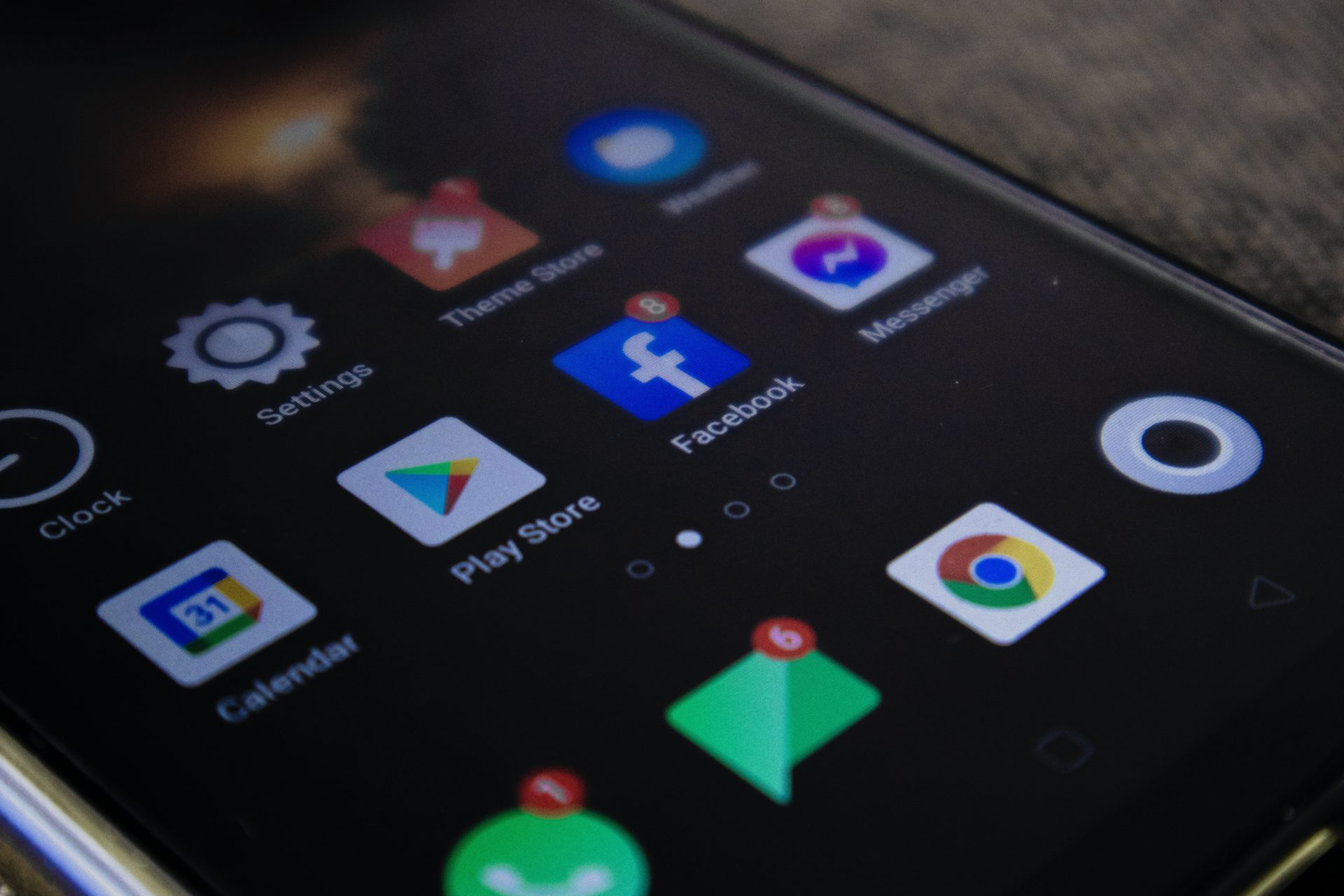From the Blog
Facebook’s Meta Pixel Updates – What you need to know
Here’s how the new Apple iOS privacy updates are going to affect Meta Pixel.
With its new iOS software update, Apple is requiring apps in the App Store that “track” their users’ interactions for advertising purposes, to gain user permission first. In this post, we will show you how this will affect your ad tracking and targeting via Meta Pixel, formerly known as Facebook Pixel, and what steps are required to update your Meta Pixel account to be compatible with these changes.
What is Meta Pixel?
We’re glad you asked! Meta Pixel is a piece of code that helps you track actions, or events, that a visitor takes with your ad and on your website. This process can help you with ad targeting and creating ads for visitors based on their past actions on your site.
How does the Apple update affect my Meta Pixel and ads?
Through the App Tracking Transparency framework (ATT), you are required to request the user’s permission to track their actions across different apps and websites if they are operating on iOS 14.5 or later.
Unfortunately, these changes will result in limitations on measurements in ad performance and user interactions.
Don’t fret! Meta Pixel came up with an updated way of processing these events called Aggregated Event Measurement (AEM). AEM complies with Apple’s new updates and still lets you track up to 8 conversion events per domain that Meta Pixel will prioritize in its reporting.
How to update your Meta Pixel:
Step 1: Verify your website domain
Great news! You can complete your domain verification or add a new domain through Meta Business Manager. To verify your domain through Meta, you must have a Business Manager account and be listed as an administrator on it. The verification process will need to be completed on your main domain.
Step 2: Prepare to operate with your limited conversion events.
Remember the AEM and the 8 conversion events per primary domain that we talked about before? Make sure you choose wisely because those are the main events that will be data tracked and used to help you optimize your ads to reach their fullest potential. If you try to use your non-prioritized events to optimize your ads, your ads won’t track events. They also might not show up on the Facebook and Instagram apps of users who operate on iOS 14.5 or later that denied tracking in the ATT prompt.
Step 3: How the events get chosen and how to edit them.
First, Meta will look into your business activity and select the 8 conversion events that they think will be the most relevant for you. You can arrange and change the events based on your desired business outcomes through the Meta Events Manager.
Step 4: Choose your main domain for tracking
Any conversion event, or action, taken by a user through one of your ads that leads to your primary domain, will be tracked and reported back to Meta.
Step 5: Set up IMG Tags on your Meta Pixel, if you plan on using them.
IMG Tags are pieces of code that are embedded into your URL. For more information on how to install and use the IMG Tag feature, check out the Meta For Developers blog post.
Conclusion
With the constant changes in data-sharing and privacy limitations, it’s always good to stay on top of the latest software update policies.
Here at Deksia, our digital marketing team is here to help keep you up to date, monitor, and take care of the updates for you so you can prioritize what’s important; focusing on your business.
With our array of specializations, Deksia is here to help strategize, design, and implement a digital marketing plan to help you grow your business to its fullest potential.
If you want to learn more best practices for Facebook Ads, check out our blog, Targeting on Facebook Ads for Beginners




